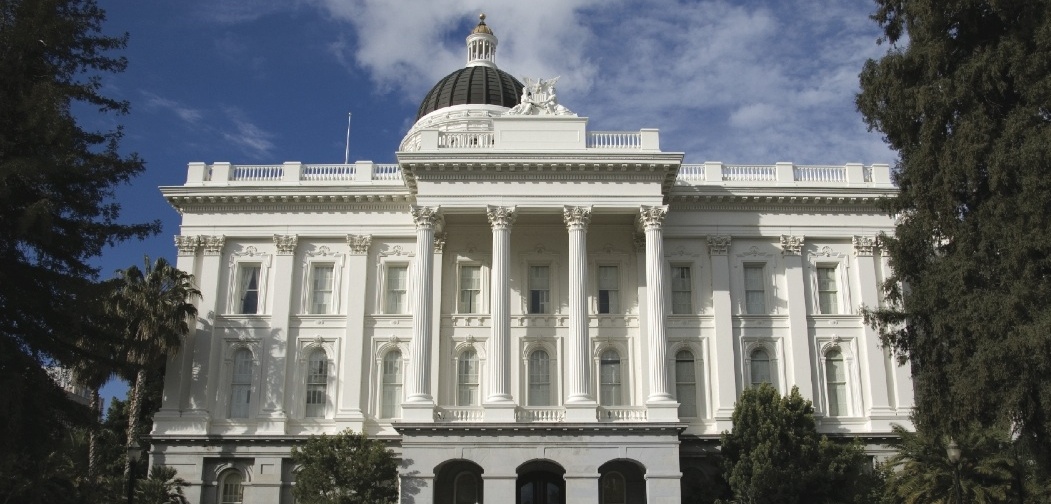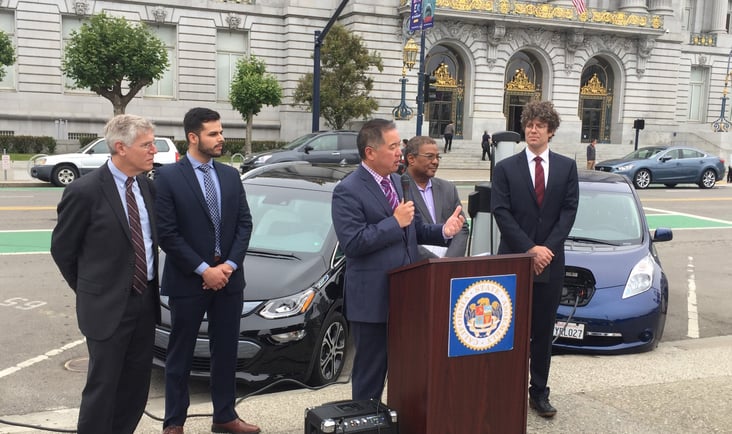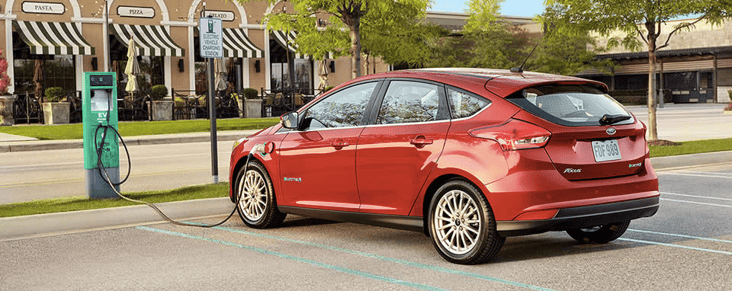
In January, Gov. Jerry Brown declared he would seek a two-thirds vote to extend California’s cap-and-trade system to 2030. The extension to 2030 would keep in place the market-based mechanism that enables the state to reach its ambitious greenhouse gas reduction goals on a cost-effective basis – and send a market signal in favor of advanced energy technologies and services – while passage by two-thirds would protect the system from legal challenges claiming it is a tax, which by law requires approval by supermajority vote. Supporters and neutral observers alike agreed that was the ideal scenario for locking in cap and trade for the next decade, but there was substantial doubt that the votes were there. The idea of a two-thirds vote became even more challenging after the Governor asked the Legislature to hike the gas tax as part of a transportation package. Could he get a two-thirds vote twice in one year? Yes, he could and he did. Here’s how – and how AEE was engaged all along the way.



